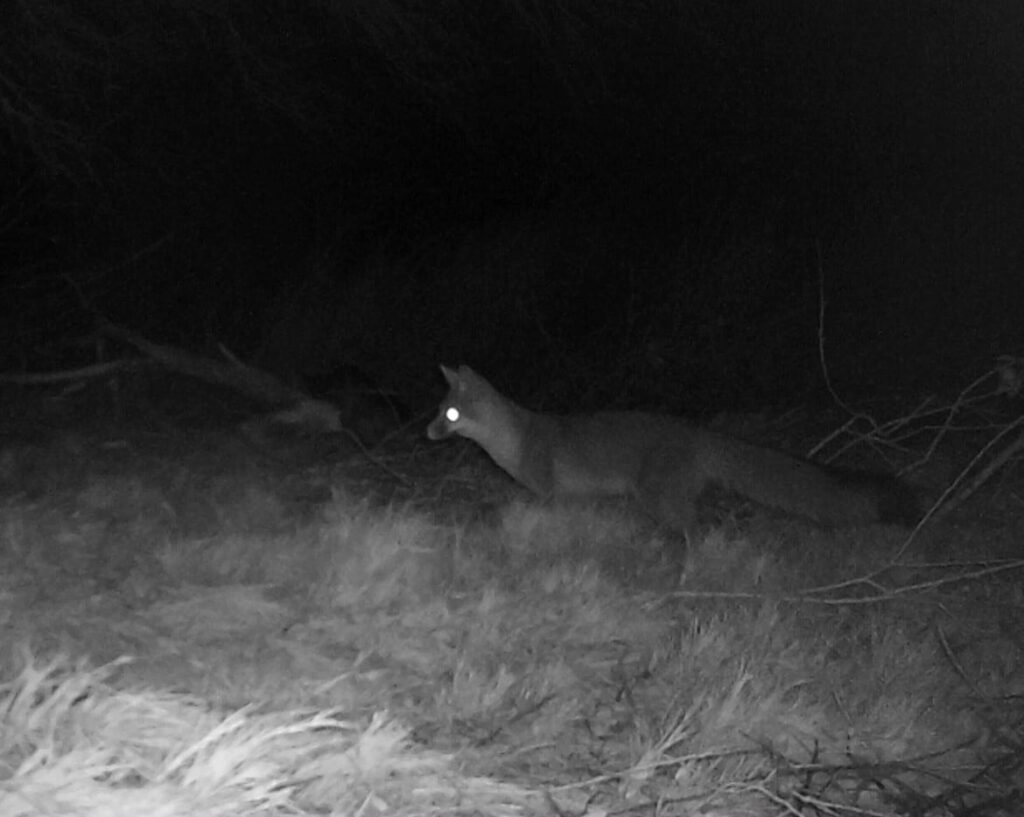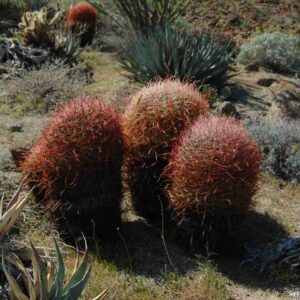Summer in Anza-Borrego Desert: Top Five Survival Strategies
Anza-Borrego Desert State Park comes alive in countless ways each summer if you know where (and when) to look. While temperatures can soar above 110°F (43°C) and water becomes more precious as gold, many desert inhabitants thrive rather than merely survive. From stealthy nighttime foragers to plants that literally store their own water, here are five of the most remarkable adaptations that animals and plants use to conquer summer’s extremes.
1. Nighttime Navigators: Nocturnal Behavior
Who: Foxes, Kangaroo Rats, Various Snakes, Geckos
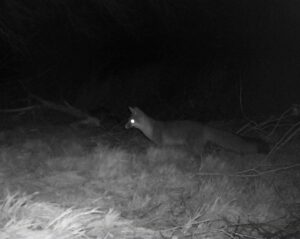
What happens: These animals reduce water loss and overheating by shifting their activity from blistering daytime hours to the relative cool of night. Under the cover of darkness, they hunt, forage, and even court—minimizing exposure to fatal heat.
Why it works: Nighttime air can be 30–40°F cooler than midday. Cooler surroundings mean animals expend less energy on cooling their bodies and less water on sweating or panting.
2. Underground Hideaways: Burrowing & Aestivation
Who: Desert Tortoise, Pocket Gophers, Pack Rats
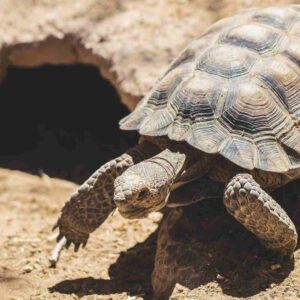
What happens: Many desert dwellers dig elaborate burrows that stay tens of degrees cooler and more humid than surface conditions. During the hottest, driest weeks, some even enter a state of aestivation, slowing metabolism to conserve energy and moisture.
Why it works: Temperature fluctuations are dramatically dampened a few feet below ground. Burrows become natural “coolers” that allow extended periods without food or water.
3. Living Water Tanks: Succulent Hydration
What happens: Succulent plants store seasonal water pulses in their thick, fleshy stems. During sporadic summer monsoon rains, they absorb and lock away as much water as possible and then draw on those reserves over weeks or months of drought.
Why it works: Internal water reservoirs let succulents maintain photosynthesis and growth long after surface moisture vanishes, turning them into living cisterns for the desert.
4. Night-Only Breathers: CAM Photosynthesis
Who: Ocotillo, Agave
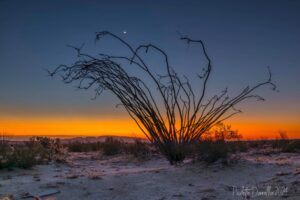
What happens: Through Crassulacean Acid Metabolism (CAM) photosynthesis, these plants open their stomata at night to take in carbon dioxide—then “lock it in” for daytime sugar production. By keeping stomata closed during scorching days, they slash water loss.
Why it works: Opening leaf pores at night leverages cooler temperatures and higher humidity to capture CO₂, while daytime closure preserves precious moisture.
5. Shedding Stress: Leaf Drop & Waxy Coatings
Who: Creosote Bush, Desert Ironwood
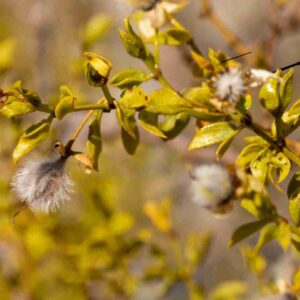
What happens: Some shrubs respond to severe drought by dropping leaves entirely, halting transpiration (water loss through foliage). Others maintain tiny, wax-coated leaves that reflect sunlight and lock in moisture.
Why it works: Leaflessness eliminates evaporation; waxy cuticles reduce water loss and protect tissues from intense solar radiation.
Why It Matters
Summer’s relentless heat and aridity might seem inhospitable, yet Anza-Borrego’s flora and fauna are masters of adaptation. Every night, you glimpse a kangaroo rat darting across the flats or spot a barrel cactus glowing golden at sunset, and you’re witnessing millions of years of evolutionary innovation at work.
As you explore the Park this summer, take a moment to appreciate these survival specialists. Respecting their delicate balance means treading lightly and practicing Leave No Trace Principles, conserving water, and supporting conservation efforts that keep these adaptations and the species that rely on them thriving for generations.

